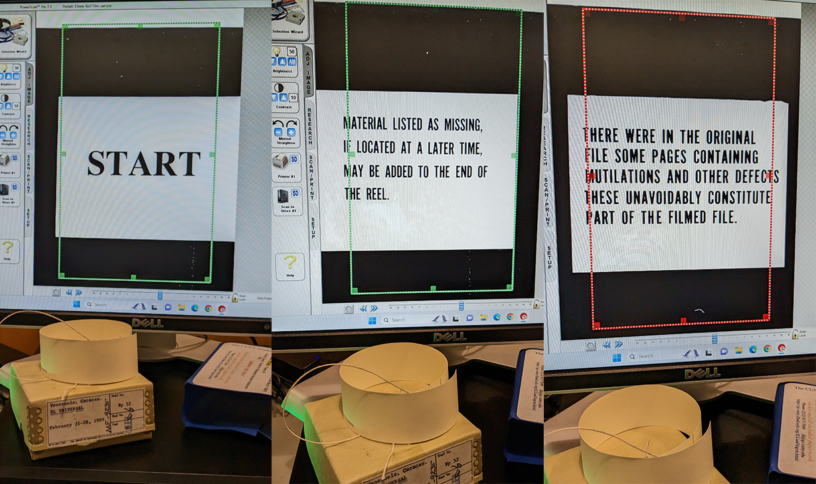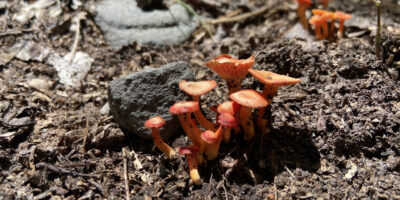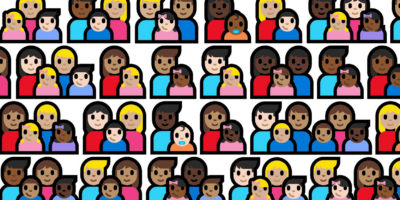by Oriana Mejías Martínez
In the last four years, I have been digging out archival materials for my research. From my perspective, it would not have been possible to hone this skill without a collective approach. Help from colleagues in my home country, an array of professors from different fields, as well as friends and artists has assisted my research on contemporary Venezuelan history and historical memory through visual culture. This acquired skill resonates within this blog post because, recently, I learned that much of the workshop materials and the Visible Pedagogy blog are not fully utilized to graduate student-instructors who would benefit from helpful examples of teaching, assessment and pedagogical reflections. Fundamentally, the TLC archives constitute the development of a vibrant and supportive community. A shared space for educators and learners to access and exchange valuable insights that contribute to our academic careers. These conversations stimulate reflections on methods and frameworks of teaching and learning.
With the amount of information about teaching floating around in the post-modern world, it is a challenge to keep ideas and conversations about pedagogical approaches afloat over time. My own experience as a doctoral student at The Graduate Center is intertwined with the Teaching and Learning Center archives in its many shapes. A living archive, if you may. Reflecting on this office’s role through my doctorate path looks like this:
- In 2019 I attended the Summer Institute Teach @CUNY, which helped me to understand the particularities of the CUNY student body.
- I have taken advantage of office hours, workshops, and the mid-winter institute to seek advice on teaching strategies, and
- I have perused the Teach@CUNY Handbook, made for graduate student-instructors, in digital or book-in-hand form.
During the 2023 Summer Institute, I came full circle as a TLC Summer Peer Mentor. I got to facilitate one of the seminars offered to colleagues in the Philosophy, French and LAILAC programs and I saw how my own formative teaching experience fed back through mentorship. Understanding this continuity, my work now as a TLC Fellow offers pathways into the TLC archives: first, through co-facilitating an iteration of an already existing workshop; next co-creating a session in the 2024 Mid-Winter Institute; and I am developing another initiative that would expand on co-teaching possibilities across CUNY colleges for folks who want to bring more collaborative exchanges to their classroom experiences.
Drawing on the collective approach to learning, current and former fellows and staff at the Teaching and Learning Center have been collaborators in my professional development as an instructor. Their voices and perspectives on learning have expanded my own, and enhanced my critical lens towards teaching. As a graduate student-instructor, the thorough reflection of our own oficio/craft is rarely encouraged until the final years in the doctoral path. As aspiring professors, reflecting upon how you engage in thoughtful introspection, critically evaluating your instructional approaches is expected. The archives come in handy to revise and build upon what others produced before through the Teaching and Learning Center. Some of the topics I have encountered elaborate on: conversations about student assessment, questions made about teaching methodologies, as well as classroom practices that translate into meaningful reflections for all, student body and instructors. Another helpful practice is to go over workshop resources to catalyze, redirect and open unexplored possibilities. The latter has happened for me on my research path; the range of perspectives gained thanks to diving into archives documentation and enabling constructive dialogues with colleagues, resulted from an integration of voices from the TLC Archive.
Facing this archive opens possibilities to resonate with or to expand upon ideas. As I was reading this article that proposes media literacy as a skillset to teach to undergraduates, I thought about my positionality as a graduate student-instructor from the Global South whose university did not consider technology or media literacy as a fundamental part of training, due to a lack of material resources. This contrasts immediately with the experience that CUNY graduate student-instructors have in their classroom daily, so reading this perspective expanded my own, pushing me beyond teaching media literacy to undergraduate students to learning media literacy for myself. I will share some quotes from other posts that comment and reflect on struggles I have encountered and resonated with:
“I want to confess that I also felt (and I still do) a constant uncertainty about using new pedagogical practices. Although I do not think that this feeling is going away (at least not any time soon), I believe that we can find specific moments and spaces in our courses to assess the growth of our students’ inquiry and critical thinking skills.”
Journey toward a socially conscious pedagogy for language teaching derivated from an e-zine
Most of the time, improving our classes and implementing UDL practices could translate into a weight that falls on the graduate student-instructor. This confession above made me reassured that step by step implementation grants my wellbeing and better execution in class.
“I have been reflecting on an approach of creating-to-learn, which blurs the boundaries between teaching content and teaching skills. In this sense, I understand teaching and learning as a shared, collective process that requires deep reflection through doing and making things. Instead of just delivering information”
Content taught in class can expand to daily life, and making things is a way to give life to the classroom. Students focus on what they are doing with their hands, this framework compels them to reflect and find interlocutors to exchange ideas.
“As a full-time faculty member, you’ll be dividing your time between teaching (anywhere from 2 to 5 classes each semester), research, and service. Now is the time to start thinking about how these activities can feed each other since they are at the core of our professional practice.”
“Make room to create that connection; it will be worth the effort.”
As noted before, in the doctoral pathway it is usual to get quite lost about these three components that need to be developed so they are covered institutionally. I suggest taking a step back and contemplating one’s own teaching practices and to be thoughtful about them. In a way to fill the gaps and opening the space to reflecting about pedagogies and approaches to service that are in constant dialogue with our research; finding a joint between these three key aspects.
The archive serves as a conduit for collective intellectual exploration, enabling individuals to engage in collaborative thought that transcends time and space. Its utility extends notably to educators at every level, who can teach with it crafting lessons that cover historical and cultural perspectives; therefore, graduate student-instructors can benefit from the archive to hone their craft for themselves, and, in turn, to their students, since the classroom space conveys and fosters skills that value shared knowledge of humanity amid past and present generations.
Oriana Mejías Martínez is a PhD candidate in Latin American, Iberian, and Latino Cultures and a Fellow at the Teaching and Learning Center.










Leave a Reply